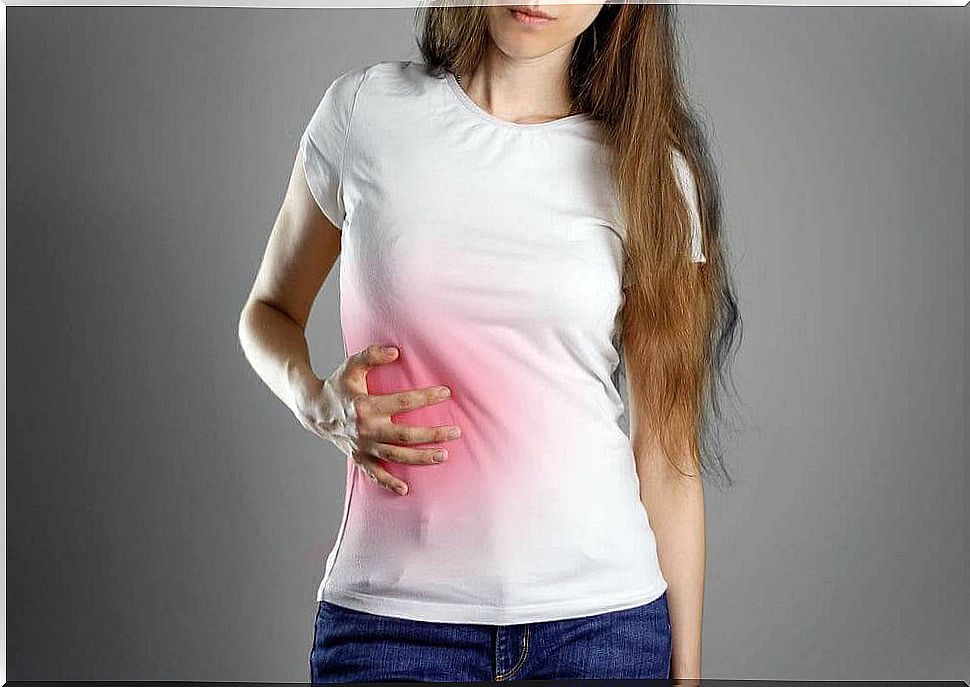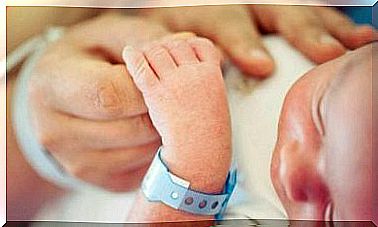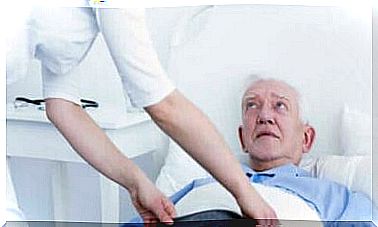Primary Biliary Cholangitis

Primary biliary cholangitis is a chronic liver disease. It occurs when small bile ducts, which are located inside the liver, are destroyed. These ducts are small-caliber tubes that collect bile produced by the liver and then deliver it to the gallbladder.
Bile remains stored in the gallbladder while we are fasting. When we eat some food, the gallbladder contracts and releases bile into the digestive tract. In primary biliary cholangitis, this entire process is blocked.
Under these conditions, the bile is stagnant. This state is called cholestasis. In addition, the liver is damaged and begins to replace liver cells with scar tissue. This condition is known as cirrhosis of the liver.
Causes of primary biliary cholangitis

Science still doesn’t know why primary biliary cholangitis occurs. The strongest hypothesis states that it is an autoimmune disease. This means that it obeys a process in which the body turns against its own cells.
The most accepted thesis is that the disease is triggered by a combination of genetic and environmental factors. This causes a specific type of white blood cell called a “T cell” to accumulate in the liver. These cells fight bacteria and germs. However, by mistake, they also attack healthy cells.
Slowly and progressively, healthy cells die and are replaced by scar tissue, causing cirrhosis. Under these conditions, it is impossible for the liver to function normally. This condition is more common in women between 30 and 60 years old.
Europeans and Americans are at increased risk for primary biliary cholangitis, as are those with a family history of primary biliary cholangitis. The smoking habit, the presence of previous infections and the ingestion of toxic substances are also risk factors.
Symptoms of primary biliary cholangitis
More than 50% of people affected by primary biliary cholangitis have no symptoms. The disease is usually detected incidentally after taking a blood test for another reason. Those who have symptoms tend to have a less favorable prognosis.
Initial symptoms are primarily itchy skin, dry eyes and mouth, and fatigue. In more advanced stages of the disease, new symptoms appear, such as:
- Inflammation of the spleen.
- Pain in the upper right abdomen.
- Pain in muscles, bones and joints.
- Inflammation in feet and ankles.
- Xanthomas, which are small deposits of fat located in the skin around the eyes, eyelids, or creases in the elbows, knees, palms, or soles of the feet.
- Accumulation of fluid in the abdomen.
- Jaundice, or yellowish color of the skin and eyes.
- Hyperpigmentation. That is, darkening of the skin that is not related to the sun.
- Osteoporosis.
- High cholesterol.
- Diarrhea.
- Steatorrhea or fatty stools.
- Hypothyroidism.
- Weight loss.
complications

Primary biliary cholangitis progresses slowly, causing more and more damage to the liver. This can lead to other conditions such as:
- Cirrhosis. It is the most common consequence. It can lead to liver failure and additional complications. The prognosis in these cases is unfavorable.
- Portal hypertension. It is an increase in pressure in the portal vein. This creates the risk of gastrointestinal bleeding, which can be fatal.
- Splenomegaly. It’s the enlargement of the spleen. The biggest risk is that it will break.
- Gallstones. Stones cause pain and can lead to infections.
- Varicose veins. It is the enlargement of the veins, which can eventually rupture and bleed. If they are veins in the esophagus or stomach, the person’s life is at risk.
- Liver cancer.
- Hepatic encephalopathy. This condition reduces cognitive functions, especially memory and concentration.
- Osteoporosis.
- Vitamin deficiencies.
- Others. Those with primary biliary cholangitis are at increased risk of developing other diseases such as metabolic disorders, immune disorders, thyroid problems, rheumatoid arthritis, and CREST syndrome.
Other important data
There is currently no cure for primary biliary cholangitis. However, there are several drugs that help to slow the progression of the disease and prevent complications. The basic treatment is usually ursodeoxycholic acid, or “ursodiol”.
Recently, obetic or ocaliva and fibrates have been used. Methotrexate and mattress are also indicated. All of these drugs have shown moderate effectiveness against the disease.
If the drugs don’t work, the only solution is to have a liver transplant, which is usually very effective. Still, there are reports of cases in which primary biliary cholangitis reappeared after transplantation.









